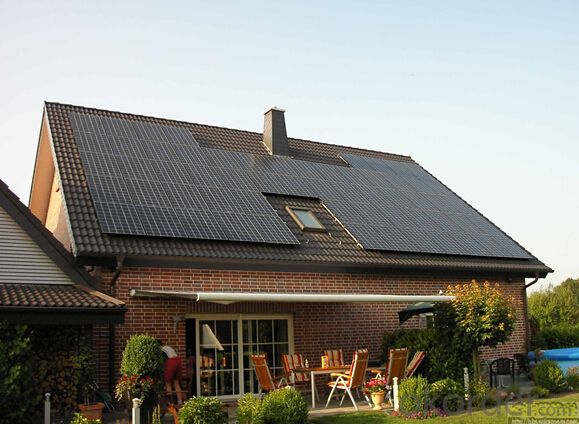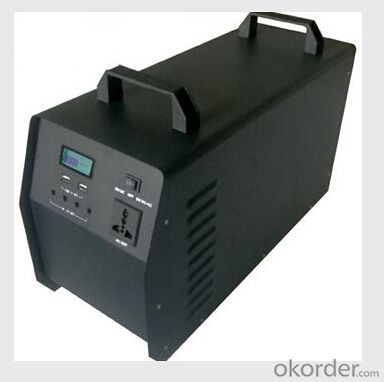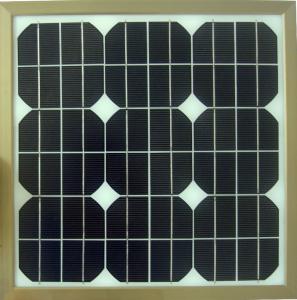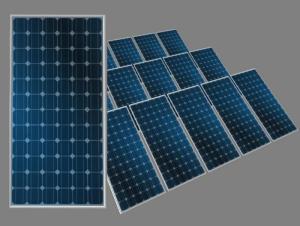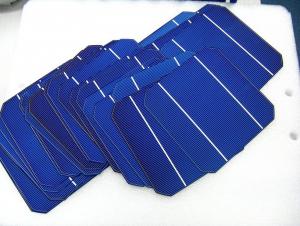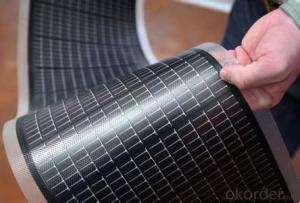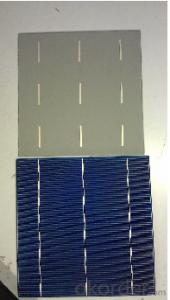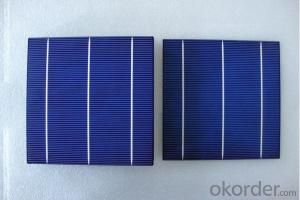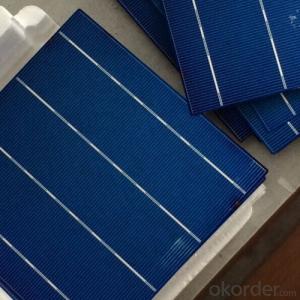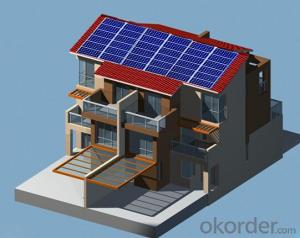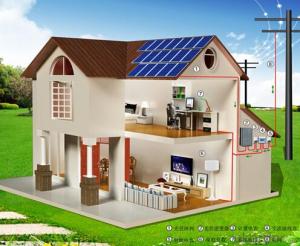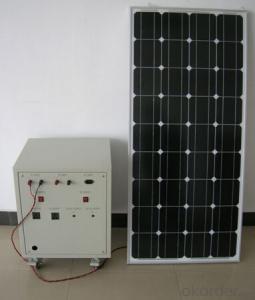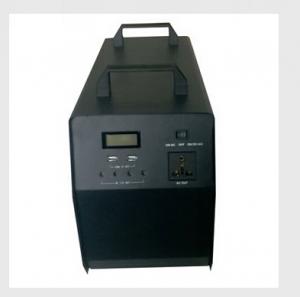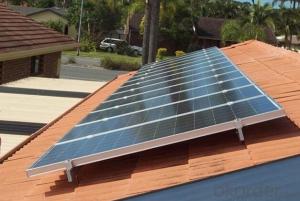Xtj Prime Solar Cells CNBM Solar Roof Solar System 12000W Popular in Africa
- Loading Port:
- Shanghai
- Payment Terms:
- TT OR LC
- Min Order Qty:
- 1 PCS
- Supply Capability:
- 3000 PCS/month
OKorder Service Pledge
OKorder Financial Service
You Might Also Like
Introduction of Solar Home System
The basic PV or solar cell typically produces only a small amount of power. To produce more power, solar cells (about 40) can be interconnected to form panels or modules. PV modules range in output from 10 to 300 Watts. If more power is needed, several modules can be installed on a building or at ground-level in a rack to form a PV array.
In addition to solar cells, a typical PV module or solar panel consists of these components:
A transparent top surface, usually glass
An encapsulant -- usually thin sheets of ethyl vinyl acetate that hold together the top surface, solar cells, and rear surface
A rear layer -- a thin polymer sheet, typically Tedlar, that prevents the ingress of water and gases
A frame around the outer edge, typically aluminum.
Energy performance ratings for PV modules include the following:
Peak Watt -- Measures the maximum power of a module under laboratory conditions of relatively high light level, favorable air mass, and low cell temperature. These conditions are not typical in the real world.
Normal operating cell temperature -- Measures a module's nominal operating cell temperature after the module first equilibrates with a specified ambient temperature. It results in a lower Watt value than the peak-Watt rating, but it is probably more realistic.
AMPM Standard -- Measures the performance of a solar module under more realistic operating conditions. It considers the whole day rather than "peak" sunshine hours, based on the description of a standard solar global-average day (or a practical global average) in terms of light levels, ambient temperature, and air mass.
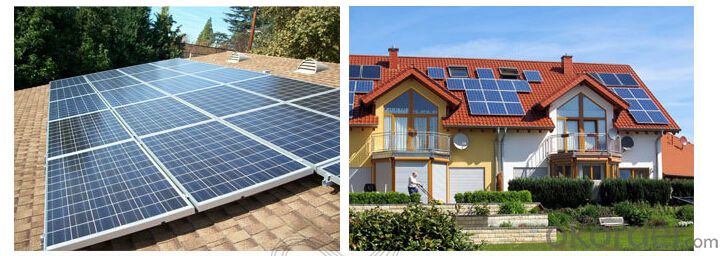


Working Principle of Solar Roof System
The stand alone Solar Home System is an off-grid solar system which uses batteries to store the solar energy. Stand alone solar system solutions design for those who are not able or willing to connect to electricity grid.
Specification of Solar Home System
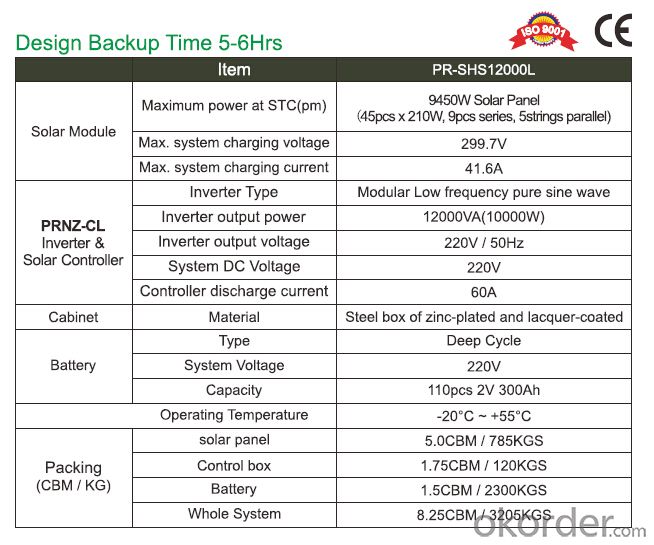
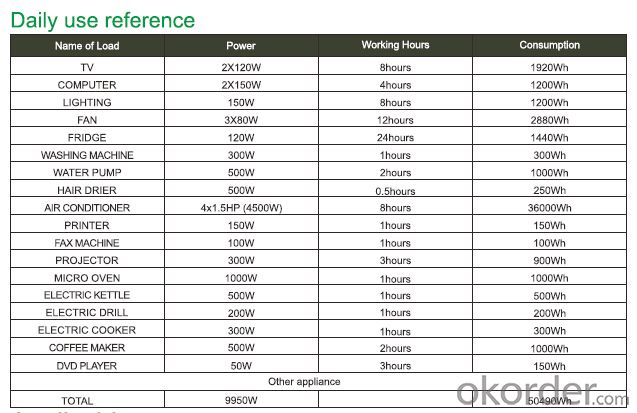
Product Features of Solar Home System
1. Off grid solar power system is mainly used for application with relatively-small power consumption, and the areas have no grid network coverage, or grid power is unstable or outage condition.
2. It’s composed of solar panels, hybrid solar inverter, battery bank, solar panel mounting racks, and other accessories required fora complete home solar power system.
3. The battery bank gives a stable power output to the solar inverter which converts DC to AC to power loads, and provides power backup in rainy or cloudy days.
4. The solar panels generate electricity at daytime and charge the battery bank.
5. The off grid home solar power system provides grid power bypass in case of battery power shortage when sunshine is not enough.
6. All the off grid home solar power system configurations are worked out by scientific calculation and design.
Advantage of Our Solar Home System
1 Excellent Performance: Our Solar Home System is composed by Brand Standard Kits with high quality. Our solar system has the advantage of high efficiency and stable operation. We can ensure our product with a long life period.
2. Small Orders Accepted: We can accept small orders as our customer’s trial order.
3. Warehouse: We have warehouse overseas which can bring great convenience to our customer to pick up the products.
Terms and Conditions
1. Trade terms: FOB Shanghai
2. Payment terms: 30% T/T, balanced before shipment/ LC at sight before shipment. Actual Terms can be negotiated for big order.
3. Package: Exported standard package suitable for tough handling and sea transport.
4. Delivery: Goods to be ready within 10~30 days depending on order quantity.
5. Warranty: 10 years for solar panel, 2 years for controller/inverter/battery.
FAQ
Q: Could you introduce the background of your company?
A: We are a Group corp. with 1GW capacity in China, which is Okorder’s registered VIP Supplier, possess Financial Service from Okorder.com.
Q: Required mainly certificates (CE&IEC/TUV/RoHS)?
A: Our products are certificated by CE RoHS, IEC, ISO, TUV, UL etc.
Q: Your main exported market is?
A: Main markets of our products is: South-east Asia, Mid-east, Arica, East Europe and Latin America.
- Q: How much maintenance do solar cells require?
- Solar cells require very little maintenance. They are designed to be durable and can typically last for decades with minimal upkeep. Routine maintenance may involve occasional cleaning to remove dust or debris that could affect their performance. Additionally, regular monitoring of the system's performance and checking for any potential issues is recommended. However, overall, solar cells are known for their low maintenance requirements, making them a reliable and cost-effective renewable energy solution.
- Q: How do solar cells perform in areas with frequent thunderstorms?
- Solar cells can still perform efficiently in areas with frequent thunderstorms, although their performance may be affected during periods of heavy cloud cover or rainfall. Thunderstorms can temporarily reduce sunlight exposure, leading to a decrease in solar cell output. However, solar cells are designed to withstand various weather conditions, and their performance can quickly recover once the storms pass. Additionally, advancements in solar technology, such as the use of anti-reflective coatings and improved cell designs, help to enhance performance even in less ideal weather conditions.
- Q: How do solar cells perform in high altitude environments?
- Solar cells perform well in high altitude environments due to several factors. Firstly, at higher altitudes, there is less atmospheric interference, which means that solar cells receive more direct sunlight and can generate more electricity. Additionally, the colder temperatures at high altitudes can improve the efficiency of solar cells, as they operate more efficiently at lower temperatures. Furthermore, in regions with high altitude, there is often less cloud cover and air pollution, allowing solar cells to receive even more sunlight and operate at maximum capacity. Overall, solar cells are highly suitable for high altitude environments and can provide efficient and reliable renewable energy generation.
- Q: Can solar cells be used in remote locations?
- Yes, solar cells can be used in remote locations. Since solar cells generate electricity from sunlight, they do not require access to a power grid, making them an ideal solution for remote areas where traditional power sources may not be readily available. Additionally, advancements in solar technology have made it possible to store excess energy in batteries, ensuring a continuous power supply even during periods of low sunlight.
- Q: Can solar cells be used for powering telecommunications towers?
- Yes, solar cells can be used to power telecommunications towers. In fact, solar power is increasingly being used as a reliable and sustainable source of energy for powering remote or off-grid telecommunication infrastructure. Solar panels can be installed on the rooftops or adjacent to the towers to generate electricity from sunlight, providing an eco-friendly and cost-effective solution for powering these towers.
- Q: What is the maximum voltage output of a solar cell?
- The maximum voltage output of a solar cell can vary depending on various factors such as the type and design of the solar cell, as well as the intensity of sunlight. However, for a typical silicon solar cell, the maximum voltage output is usually around 0.5 to 0.6 volts.
- Q: Can solar cells be used in industrial applications?
- Yes, solar cells can be used in industrial applications. They are increasingly being integrated into various industrial processes and systems, such as powering machinery, providing electricity for lighting, heating and cooling, as well as supplying energy for remote industrial sites. The use of solar cells in industrial applications helps reduce reliance on conventional energy sources, lowers operating costs, and contributes to a more sustainable and environmentally friendly industrial sector.
- Q: Can solar cells be used on road surfaces?
- Yes, solar cells can be used on road surfaces. Solar roadways or solar panels embedded within road surfaces are being developed to generate clean and renewable energy. These solar cells can capture sunlight and convert it into electricity, which can be used to power streetlights, traffic signals, or even charge electric vehicles. However, the technology is still in its early stages and faces practical challenges such as durability and cost-effectiveness.
- Q: Can solar cells be used for powering shopping malls?
- Yes, solar cells can be used for powering shopping malls. By installing a sufficient number of solar panels on the rooftops or in parking lots, shopping malls can generate renewable energy to meet a portion or even the entirety of their power needs. This can help reduce dependence on fossil fuels, lower electricity costs, and contribute to a more sustainable and environmentally friendly operation.
- Q: How do solar cells perform in areas with high levels of dust storms?
- Solar cells can be affected by high levels of dust storms as the accumulation of dust and debris on their surfaces reduces their efficiency. Dust particles can block sunlight from reaching the solar cells, which in turn reduces their energy production. Regular cleaning and maintenance are necessary in areas with high levels of dust storms to ensure optimal performance of solar cells.
Send your message to us
Xtj Prime Solar Cells CNBM Solar Roof Solar System 12000W Popular in Africa
- Loading Port:
- Shanghai
- Payment Terms:
- TT OR LC
- Min Order Qty:
- 1 PCS
- Supply Capability:
- 3000 PCS/month
OKorder Service Pledge
OKorder Financial Service
Similar products
Hot products
Hot Searches
Related keywords




